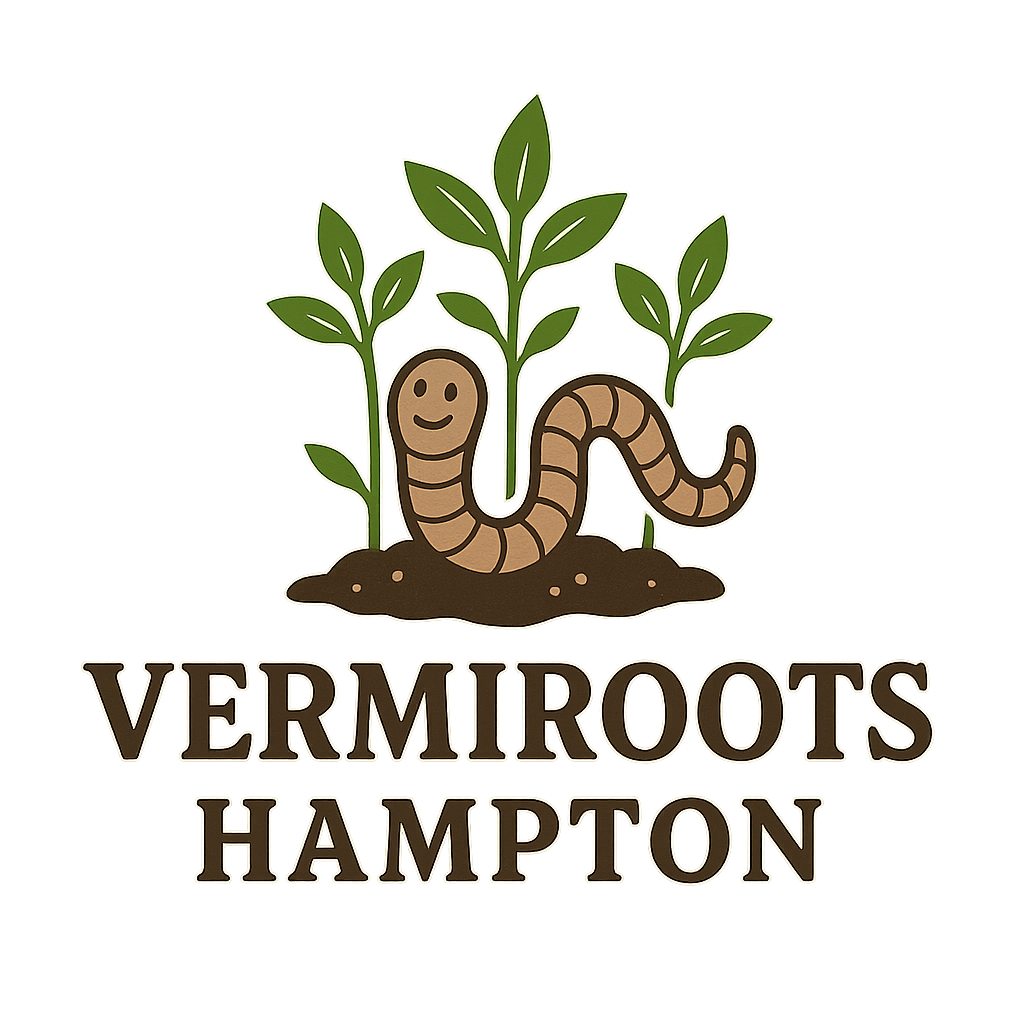Get Started with Composting Essentials to Reduce Waste and Improve Soil Fertility
Composting is one of the simplest and most rewarding ways to live more sustainably. By turning everyday kitchen scraps and yard waste into nutrient-rich compost, you can dramatically reduce household waste while creating a natural soil enhancer that improves fertility, structure, and moisture balance. Whether you garden outdoors or keep a few plants indoors, learning the essentials of composting can make a big difference for your plants—and for the planet.
Why Composting Matters
Every year, tons of organic materials like fruit peels, coffee grounds, and grass clippings end up in landfills, where they break down without oxygen and release methane, a potent greenhouse gas. Composting diverts that waste, transforming it into a valuable resource that returns nutrients to the soil. It’s a simple way to reduce your environmental footprint while closing the loop in your own backyard.
Composting Basics: What You Need to Know
At its core, composting is about balance. The process relies on the right mix of “greens” (nitrogen-rich materials) and “browns” (carbon-rich materials).
- Greens include food scraps, coffee grounds, and fresh grass clippings.
- Browns include dry leaves, shredded paper, straw, and cardboard.
Combine these materials in roughly equal parts, keeping your compost moist but not soggy. Turn or mix it every few weeks to add oxygen—this speeds up decomposition and prevents unpleasant odors. In a few months, you’ll have dark, crumbly compost ready to mix into your garden beds or potting soil.
Choosing the Right Method
You don’t need a large yard to compost. Outdoor piles or bins work well for bigger gardens, while vermicomposting—using worms to break down food scraps—is perfect for small spaces or indoor setups. Worm composting creates especially rich castings that improve soil structure and plant health.
Benefits for Soil and Plants
Compost is a natural soil conditioner that boosts fertility and biodiversity. It enriches the soil with nutrients, helps retain moisture during dry spells, and improves drainage in heavy soils. Over time, compost-fed gardens grow stronger, more resilient plants with fewer pests and diseases.
A Simple Step Toward Sustainability
Starting a compost pile may seem small, but it’s an action that has real impact. You’ll waste less, garden more effectively, and contribute to a healthier environment—one banana peel and leaf pile at a time.
Get Started Today
1. Choose a compost bin or spot.
You can compost outdoors in a bin, tumbler, or a simple pile, or compost indoors using a small sealed container or worm bin. Pick a spot that’s easy to reach and has good drainage. If you are starting outside, consider a location further from your house, as occasionally the compost pile may produce odors and / or attract wildlife.
2. Gather your materials.
Composting works best when you mix two types of materials:
- “Greens” (nitrogen-rich): fruit and vegetable scraps, coffee grounds, fresh grass clippings.
- “Browns” (carbon-rich): dry leaves, shredded paper, cardboard, or small twigs.
- You may also wish to compost egg shells, dead or dying house / garden plants, annual florals, and organic seasonal decorations such as wreaths or pumpkins.
3. Build your compost layers.
Start with a layer of browns on the bottom for airflow. Then add a layer of greens, followed by more browns. Continue alternating layers each time you add new material.
4. Keep it moist—but not soggy.
Your compost should feel like a damp sponge. If it’s too dry, lightly water it. If it’s too wet, mix in more dry browns.
5. Turn or mix it regularly.
Every month or so, use a pitchfork or shovel to turn your pile and add air. This helps the compost break down faster and prevents odors.
6. Be patient and consistent.
Keep adding food scraps and yard waste as they come. Avoid adding meat, dairy, or oily foods—they attract pests and slow decomposition.
7. Harvest your finished compost.
After a few months, you’ll notice the pile turning dark, crumbly, and earthy-smelling. That’s finished compost! Use it to enrich garden soil, potting mixes, or around trees and shrubs.
8. Enjoy the benefits.
You’ve just turned kitchen and yard waste into a natural fertilizer that helps plants grow stronger and soil stay healthy—all while reducing waste in landfills.
